16 Dec Ketaki Jadhav


Craft initially began as a way of life.
Craft initially began as a way of life. The history of Indian craft shows that it was a part of day-to-day activities and the surroundings constituted the idea of handmade.
An artisan focused on producing basic requirements that included household items and means for shelter. Thus craftsmanship began as an immediate response to daily requirements.
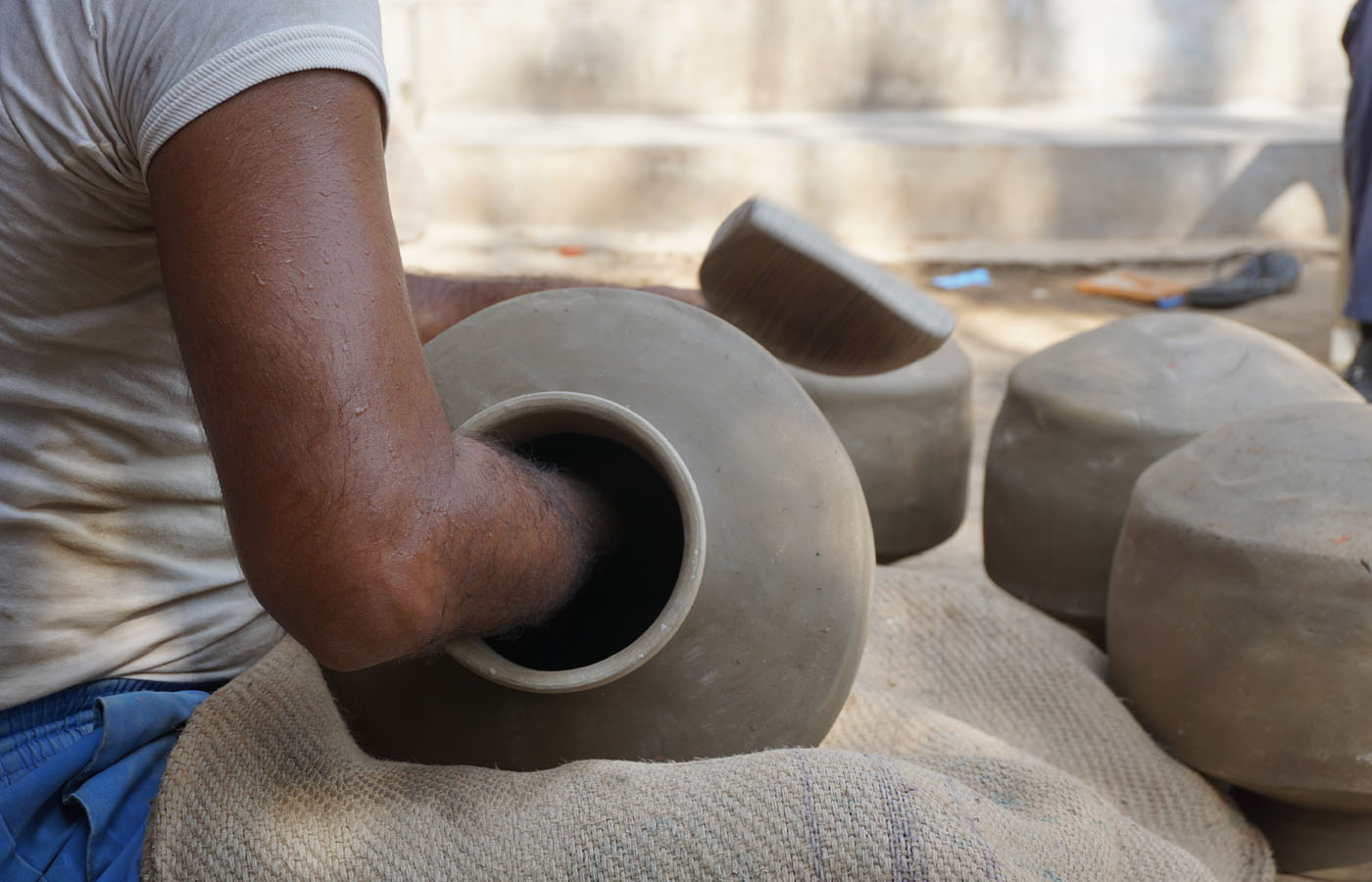
Craft is a direct representation of the culture, tradition and surrounding of a particular region (Chattopadhyay, 1980). It is thus necessary to adopt a method that uplifts the traditional craft and its makers not just justifies their economic value but also becomes a platform that recognizes their creations.
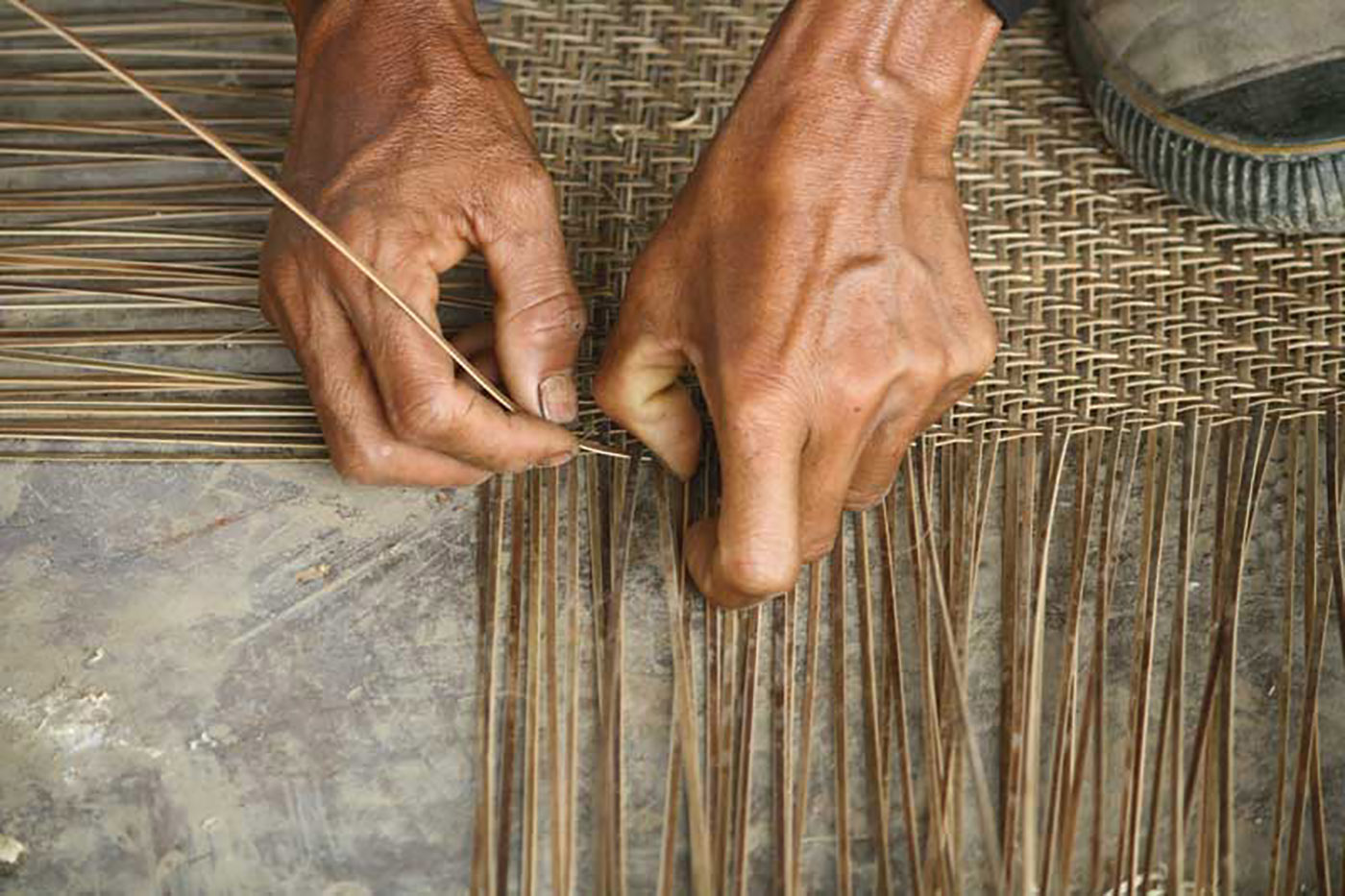
In the twentieth to the twenty-first century, there has been in an increase in designer-craftsman collaborations. It is a new venture that creates a partnership between these participants’ to lead to a collaborative way of practice. Due to this, no two collaborations can be the same and the novelty in every resultant addresses to an impact on the craft practice. Collaboration does not primarily work on the earlier established idea of craftsmanship. It is an attempt fulfilled for a certain purpose. It is an engagement that is initiated by an external force or entity.
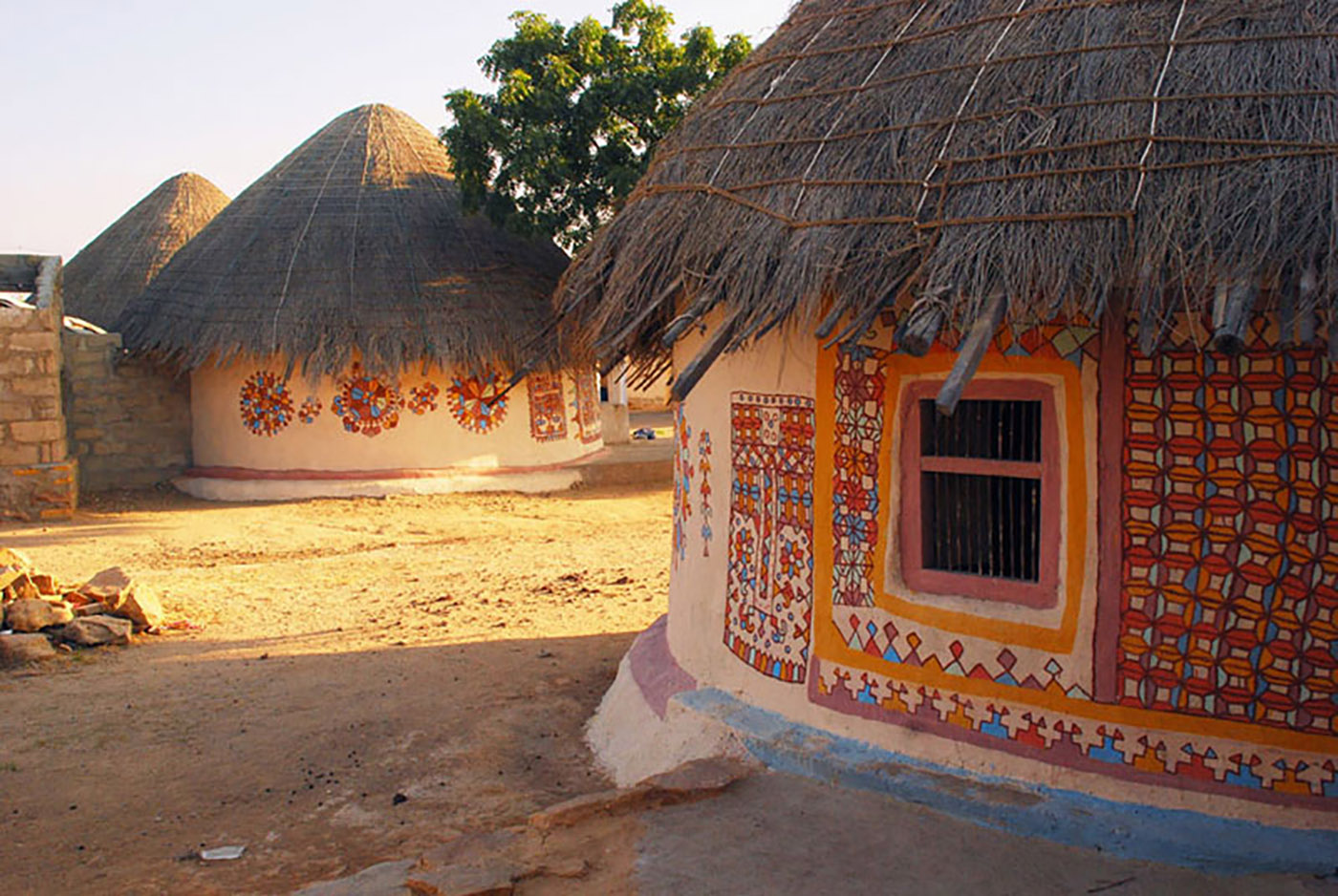
As defined in the Oxford dictionary, collaboration is the action of working with someone to produce something. There are many factors that lead to the advancement of a traditional skill of the craftsman to its final product with the partnership of the designer. Collaboration is one of the ways to address this. It thus becomes important to enquire the impact of collaboration on a craft practice. There is an expected rise in the number of sales of export that happens in the country. “The global market for handicrafts is $400 billion with India’s share below 2%, representing a tremendous growth opportunity (Dhar, 2013).” It is thus imperative to understand the potential of crafts today and realize what role collaboration plays with context to its growth.
With lesser access to audiences, the craft industry indulges in handicraft “melas” to sell their products.
Handicraft as it is now called, is an industry that is fighting with new materials and new products available in the market today. With lesser access to audiences, the craft industry indulges in handicraft “melas” to sell their products.
The popularity of these melas amongst the locals helps the people to reach out to handmade items. Taking these platforms at an advantage, today, many people sell products that may or may not be authentic crafted items.
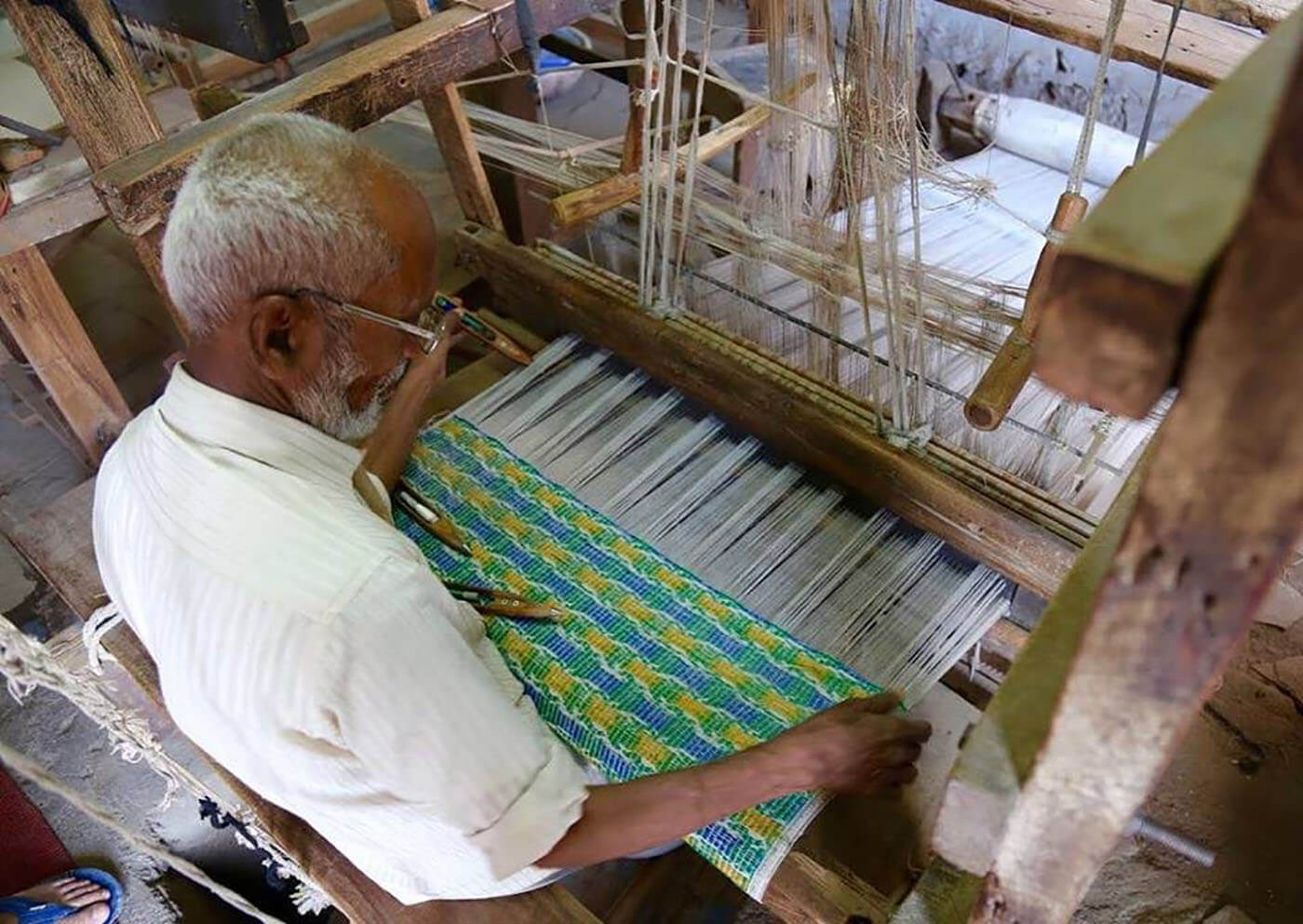
The lack of understanding in the difference between factory-made versus hand made creates a grey area in the minds of the buyer and hence they succumb to buying of products that might not be handmade. After repeated trials of creating newer platforms for the craftsmen to sell their product, many of these craft communities still face a larger issue of sale.
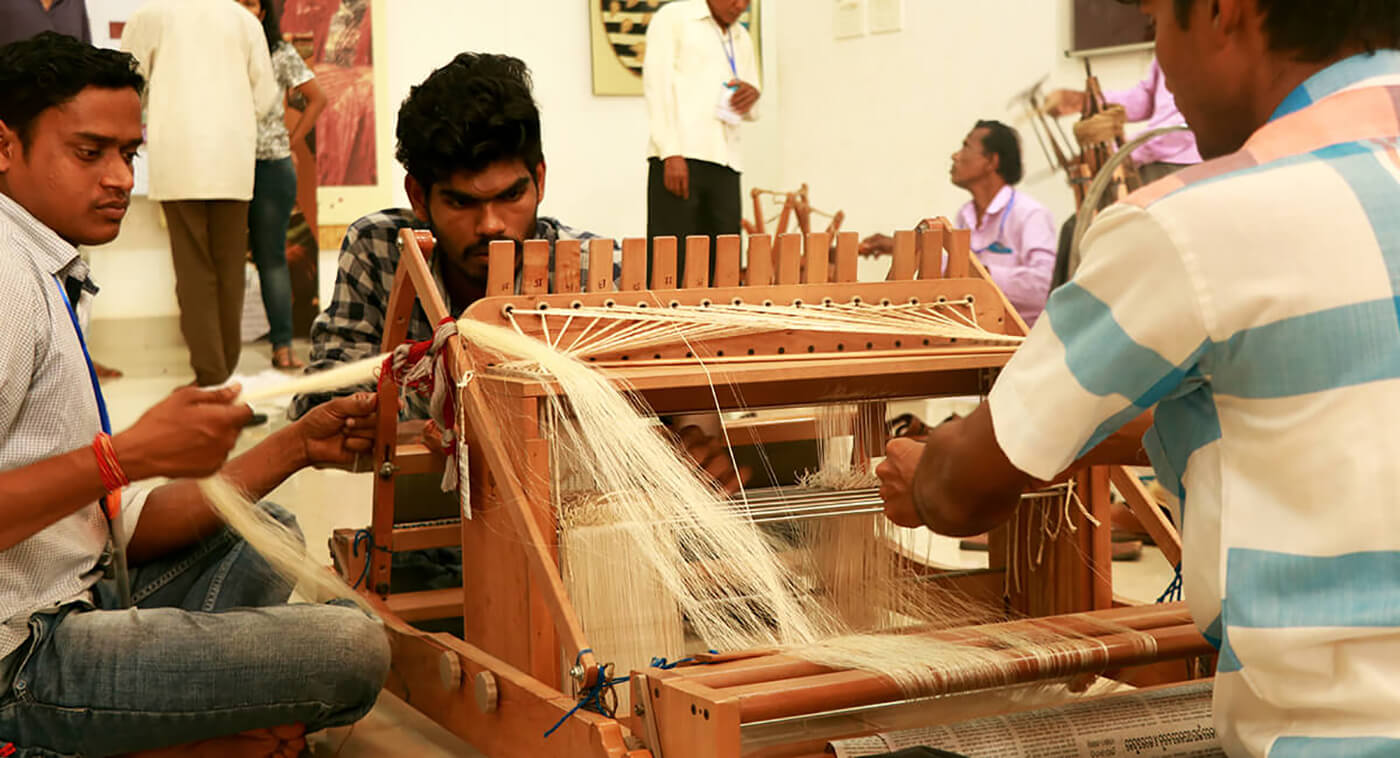
How can we then make a scenario that is advantageous to such a community? To seek better opportunities, artisans actually reconsider their work life and aspire to shift to cities in search of work that provides financial security. This somewhere creates a loss in the number of skilled artisans that the country has to offer.
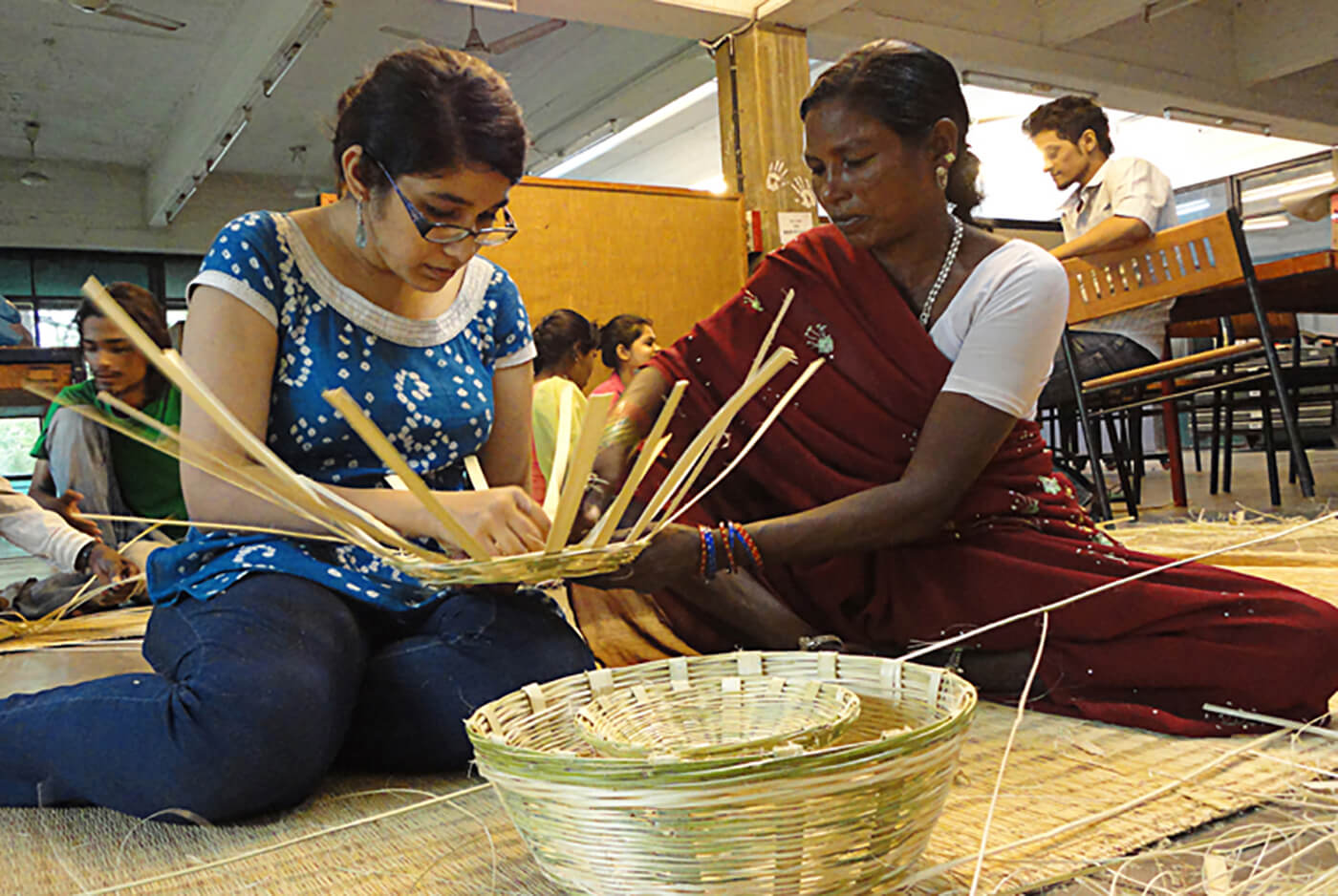
At present schools like the National Institute of Design and Indian Institute of Crafts & Design as well as organizations such as Craft Council and Dastakari Haat Samiti all strive to protect, preserve and present our traditional craft by creating platforms for the artisans to learn, innovate and sell their items. There needs to be more awareness such as these initiatives for people to understand the importance of handmade and become sensitive towards the craft industry.
As a designer one must try and be sensitive and give back to the craft community in terms of innovative insights.
The UNESCO Creative Cities Network is a charter signed by the Indian government and there has been a positive attempt for nominating the local cities to enlarge the horizon and possibilities of craft.
Jaipur has already been nominated as the creative city of craft and been recognized on the global platform. The AIACA policy gap study also shows the growth at which collaboration is being implemented in the craft policies and the resultant aims at a profitable increase in the craft sector through the 12th Five Year Plan initiation.
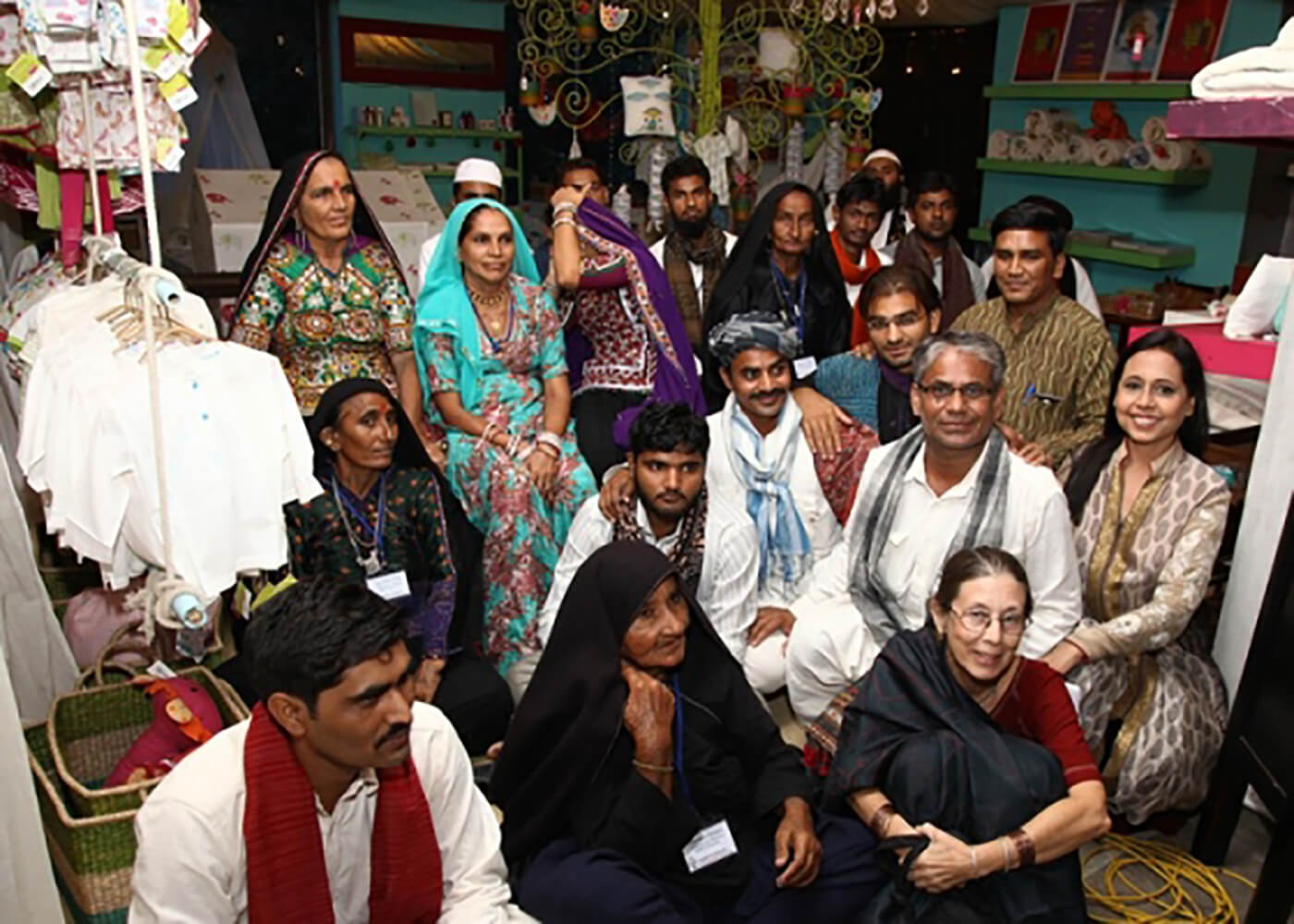
The start of schools like National Institute of Design and IICD promote the teaching of craft techniques and processes. The schools aim at teaching the students to develop a wholesome knowledge in the craft sector so that there is a positive outlook in the overall execution and growth in the craft industry.
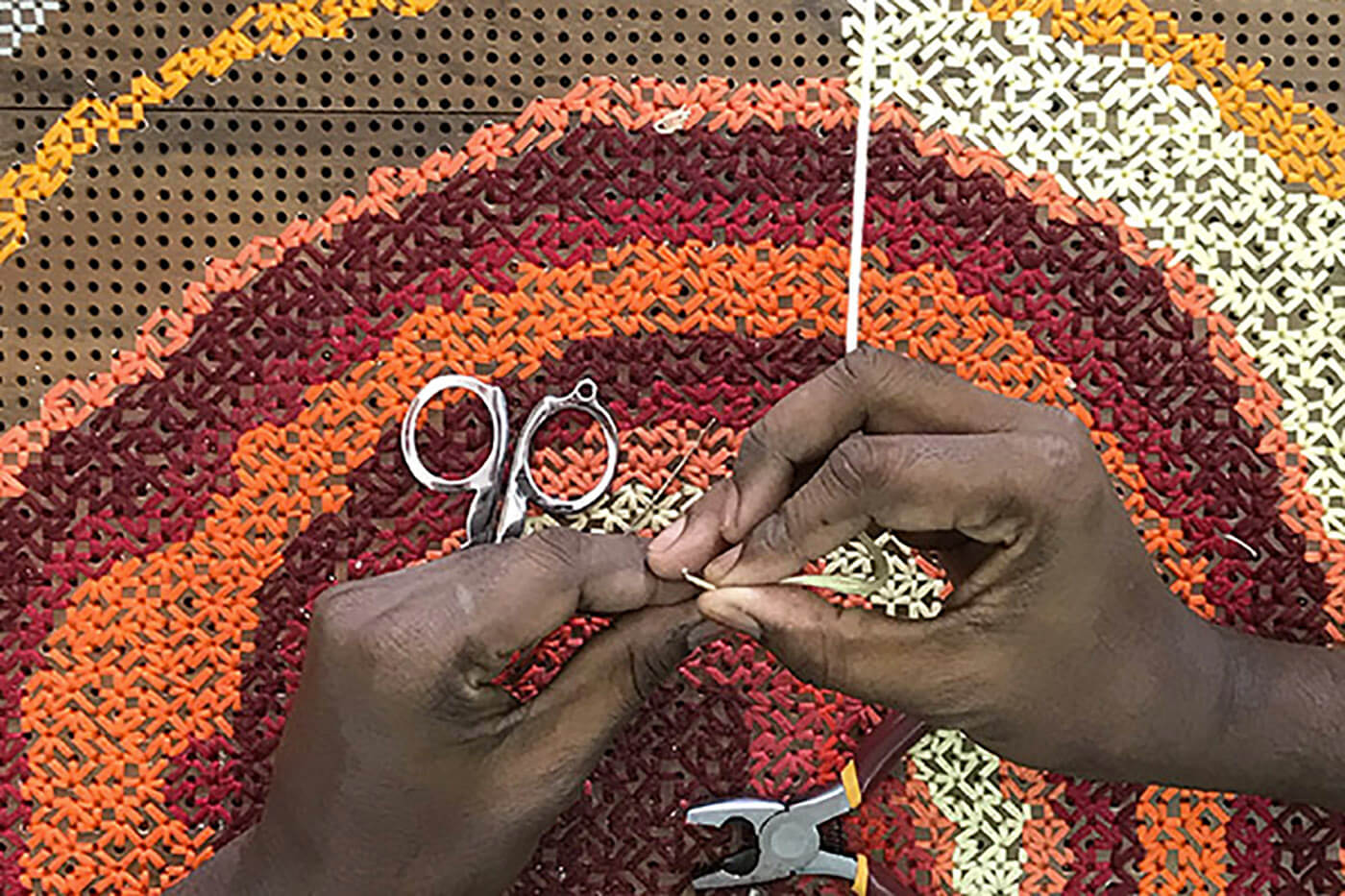
Today we have gone back to understanding and appreciating traditional craft. The artisans yet have found it difficult to meet the competition of new materials and market their own products. Contemporary Craft and Design has been one of the positive implementations for the students to understand and comprehend the traditional craft practices. As a designer one must try and be sensitive and give back to the craft community in terms of innovative insights.
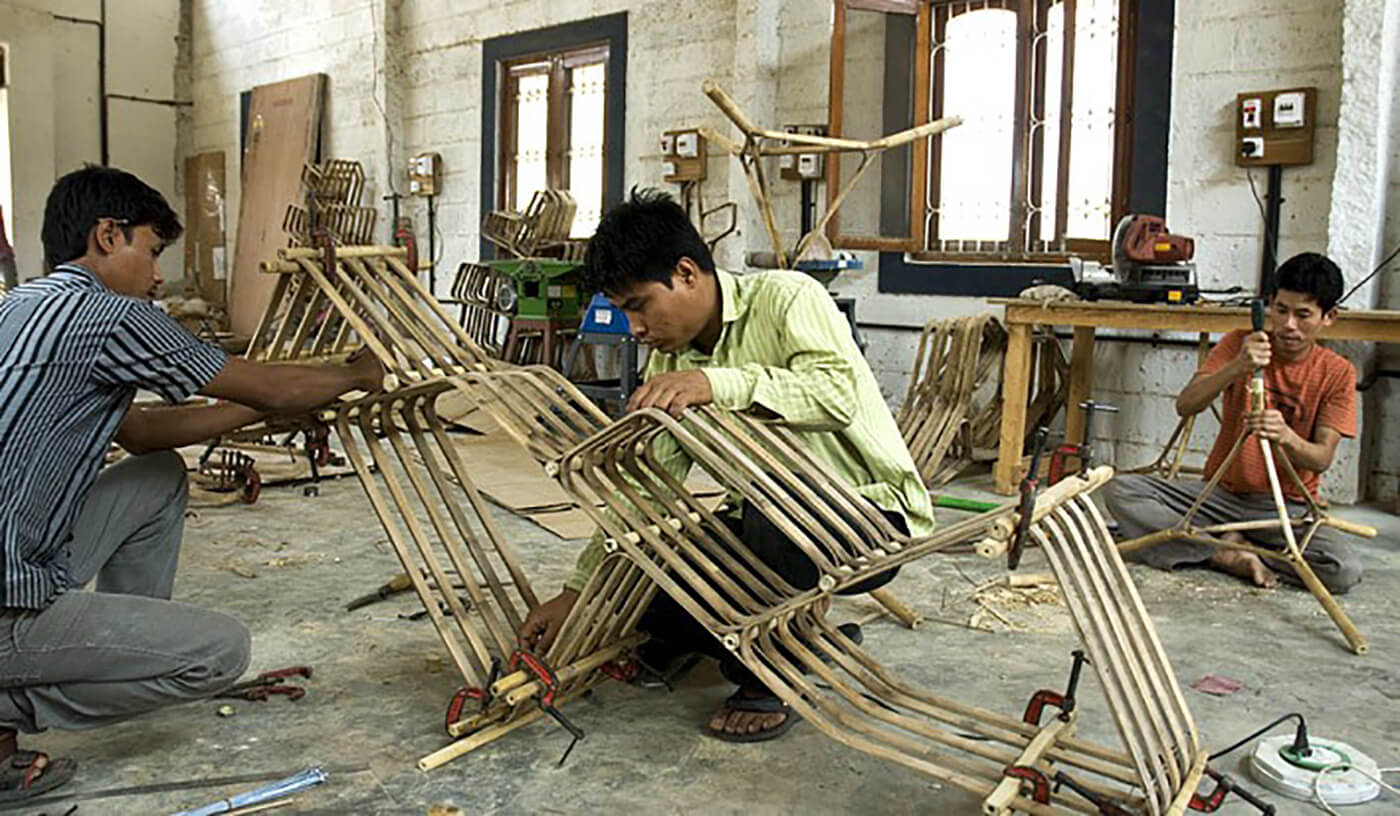
One can look at such communities as creative banks and incorporate their skills into work thereby giving the artisans more audience to their craft. I believe in the future, artisans would not just be producers of goods, but become self reliant MAKERS. This will drive the “Make in India” movement and get the craft industry to its fullest functioning potential.
Ketaki Jadhav
DESIGN FIELD
Skilled Labour, Artisans & Craftspersons
LOCATION
Pune, India
STUDIO NAME
Pratap Jadhav & Associates
ABOUT
Ketaki Pratap Jadhav is currently an assistant Designer at Pratap Jadhav & Associates in Pune. She completed her Master’s in Interior Architecture and Design from CEPT University and was awarded the Best Research for her thesis in Crafts & Technology. Her thesis focussed on the notion of Craft Design Collaborations addressing the impacts of collaboration on craft practices. She has recently started her own initiative by the name of “Miracles Per Square Feet” which aims to work for and with craft communities. The initiative is a platform for artisans to sell authentic handmade products to audiences in a place apart from their local neighbourhood.


